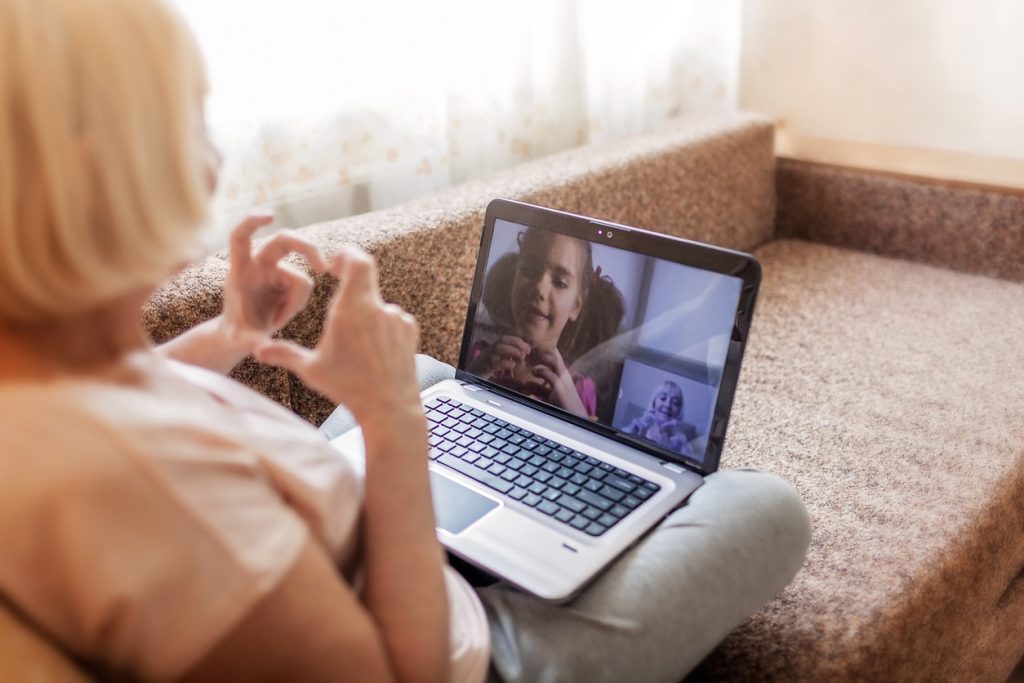On 24 March, a day after lockdown came into force, The President of the Family Division, Sir Andrew McFarlane, issued fresh guidance to provide clarity and certainty on contact arrangements for separated families during the lockdown period. Lindsay Yateman and Naomi Lelliott, specialist divorce and family lawyers at Excello Law, analyse this guidance and how it has impacted families.
The key point in the guidance states: “Where parents do not live in the same household, children under 18 can be moved between their parents’ homes.” This is an exception to the government’s previous “Stay at Home” requirement in relation to the coronavirus (COVID-19) pandemic. The Stay at Home Rules stated that: it is no longer permitted for a person (include children) to be outside their home for any purpose other than essential shopping, daily exercise, medical need or attending essential work.
Although the government’s headline message has since been revised to a more nuanced “Stay Alert”, and there is now greater freedom to leave the house for work or some leisure activities, the accompanying Public Health advice remains largely unchanged in terms of social distancing.
Sir Andrew McFarlane’s guidance still remains valid: children can move between homes where it is safe to do so, having consideration for the latest Public Health rules and guidance. The decision of whether or not a child can move rests with that child’s parents, having sensible regard to the circumstances, including the child’s health, the risk of infection and whether any recognised vulnerable individuals live in either household.
Sir Andrew McFarlane’s guidance still remains valid: children can move between homes where it is safe to do so, having consideration for the latest Public Health rules and guidance.
The guidance makes it clear that responsibility for deciding where a child should be, and for how long, lies with the parents and not the court. Ideally, what is in the child’s best interest should always be the overriding consideration. But in practical terms, it is inevitable that problems may arise in some situations, particularly where there is a history of pre-existing parental conflict.
In circumstances where a parent is concerned about their child being moved so that it threatens to contravene current Public Health advice, the parent can exercise parental responsibility and vary any arrangement to one that is considered safe.
This may bring into question the validity and appropriateness of a Child Arrangement Order that has been decided by a court determining where a child will live, who that child can spend time with and for how long.
In the current context, if a parent is prevented from seeing a child for an unreasonable period of time and feel that this is unjustified, they may consider making a Child Arrangements Application to the court in order to regulate the time.
[ymal]
Self-isolation periods are also covered by the guidelines. Should the parent with whom the child lives say that the child is exhibiting symptoms of COVID-19, the self-isolation period should be observed, but following that the child would then be free to see the other parent. During the self-isolation period, the parent with whom the child lives with should allow other forms of indirect contact: regular Facetime, telephone calls or Skype.
As the lockdown gradually begins to ease, it remains an extremely difficult time for everyone. In this context, the paramount concern for both parents must be the safety and welfare of the child and those around them. In the words of Sr Andrew Macfarlane is his guidance: “The country is in the middle of a Public Health crisis on an unprecedented scale. The expectation must be that parents will care for children by acting sensibly and safely when making decisions regarding the arrangements for their child and deciding where and with whom their child spends time.”





















